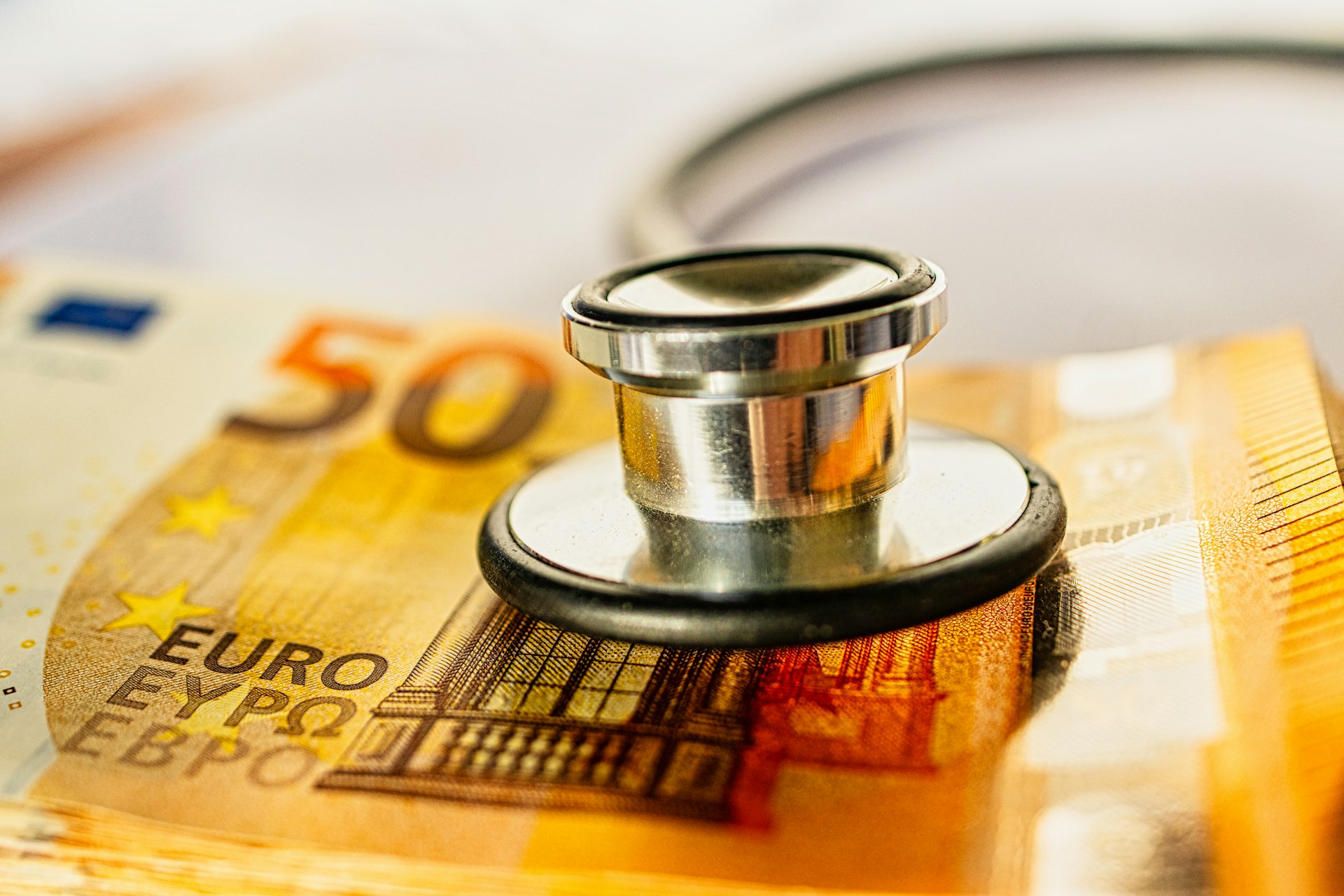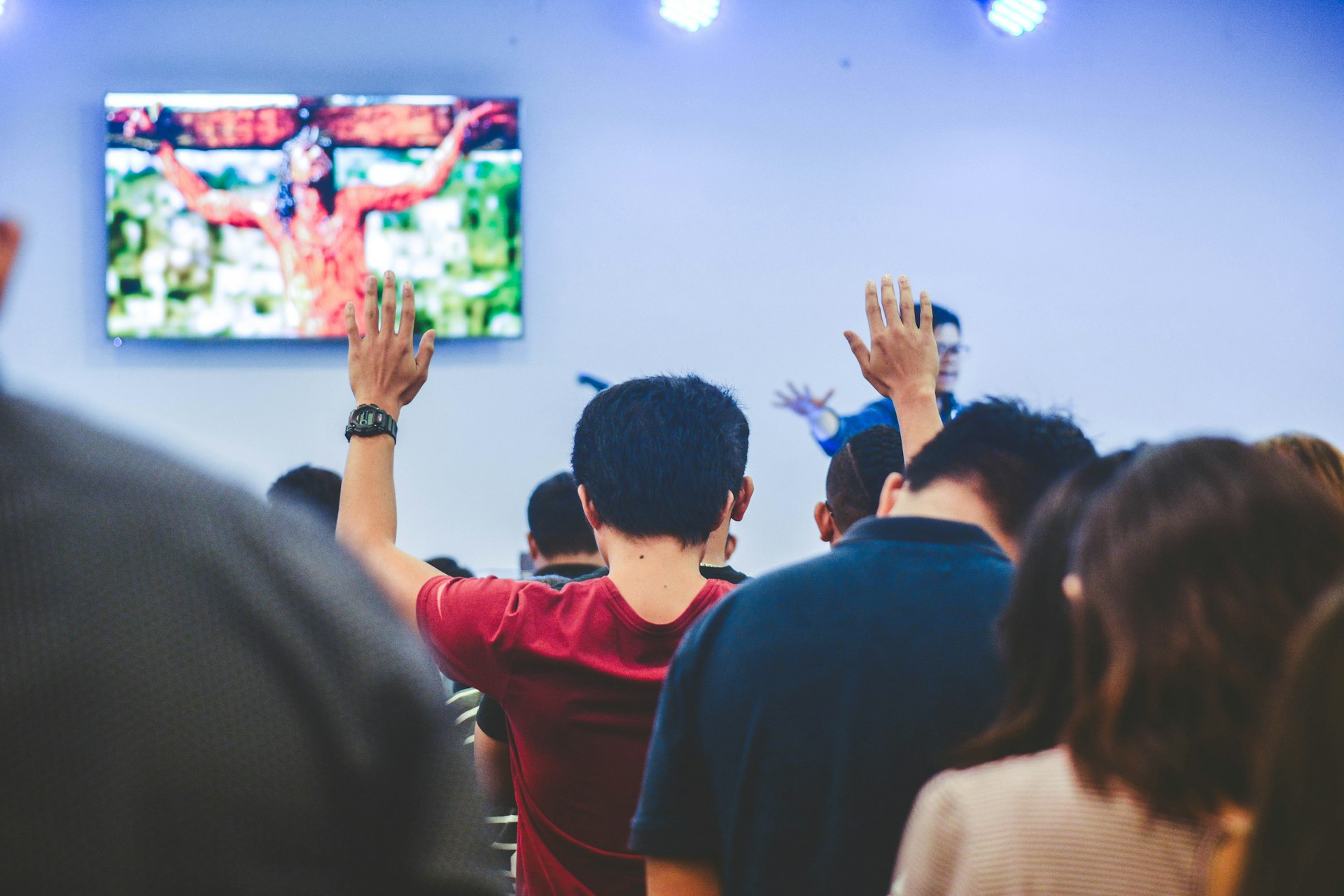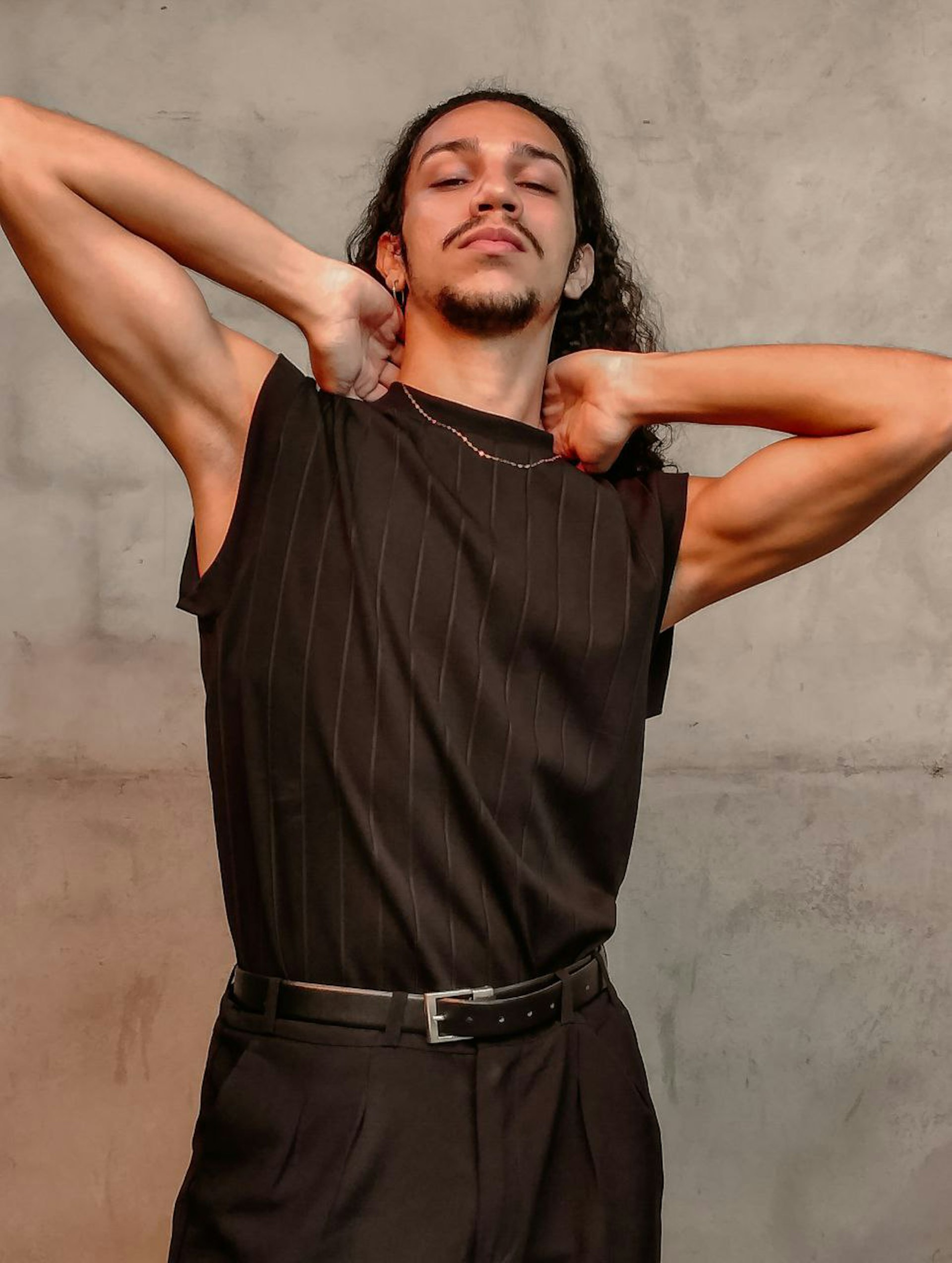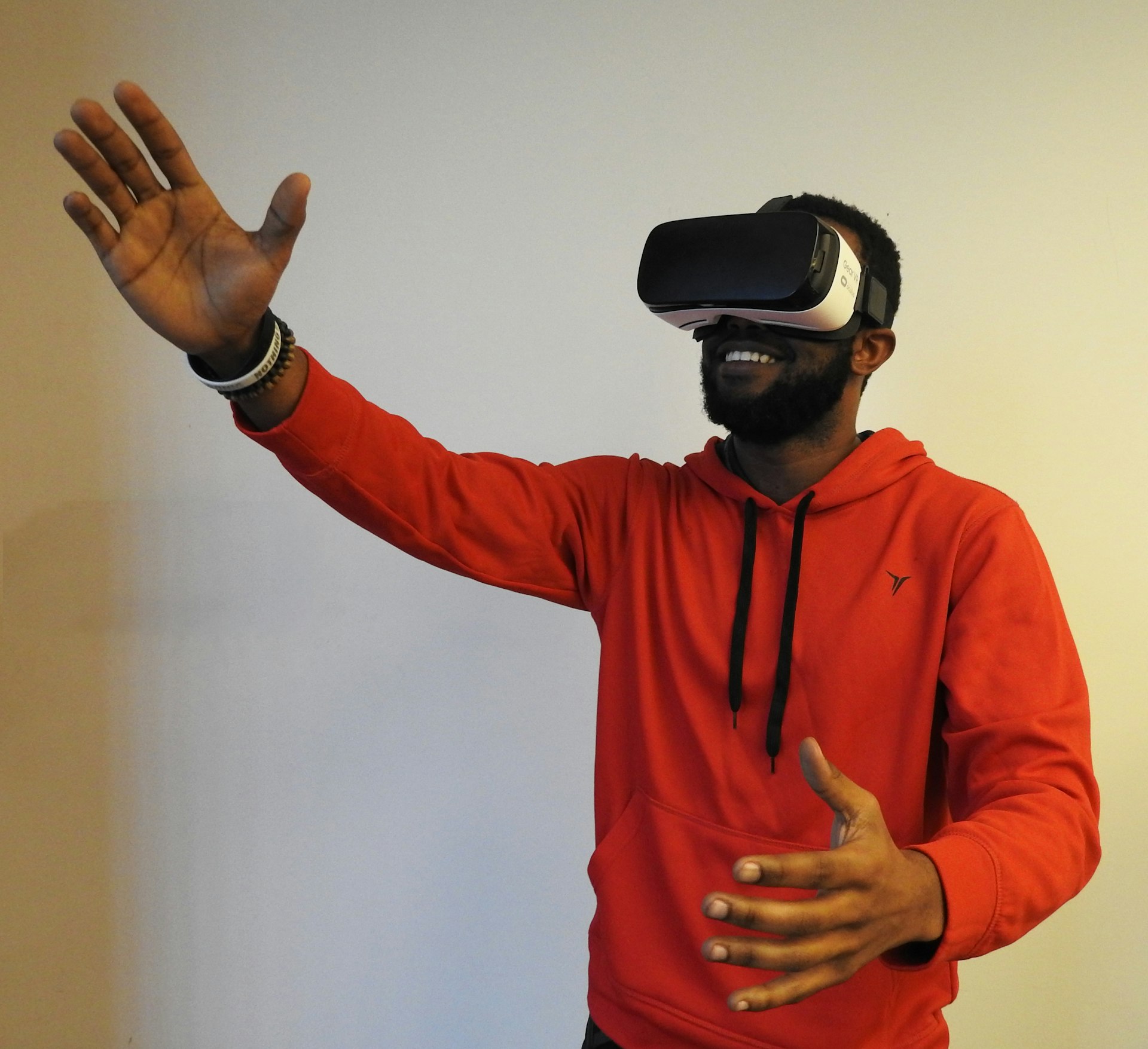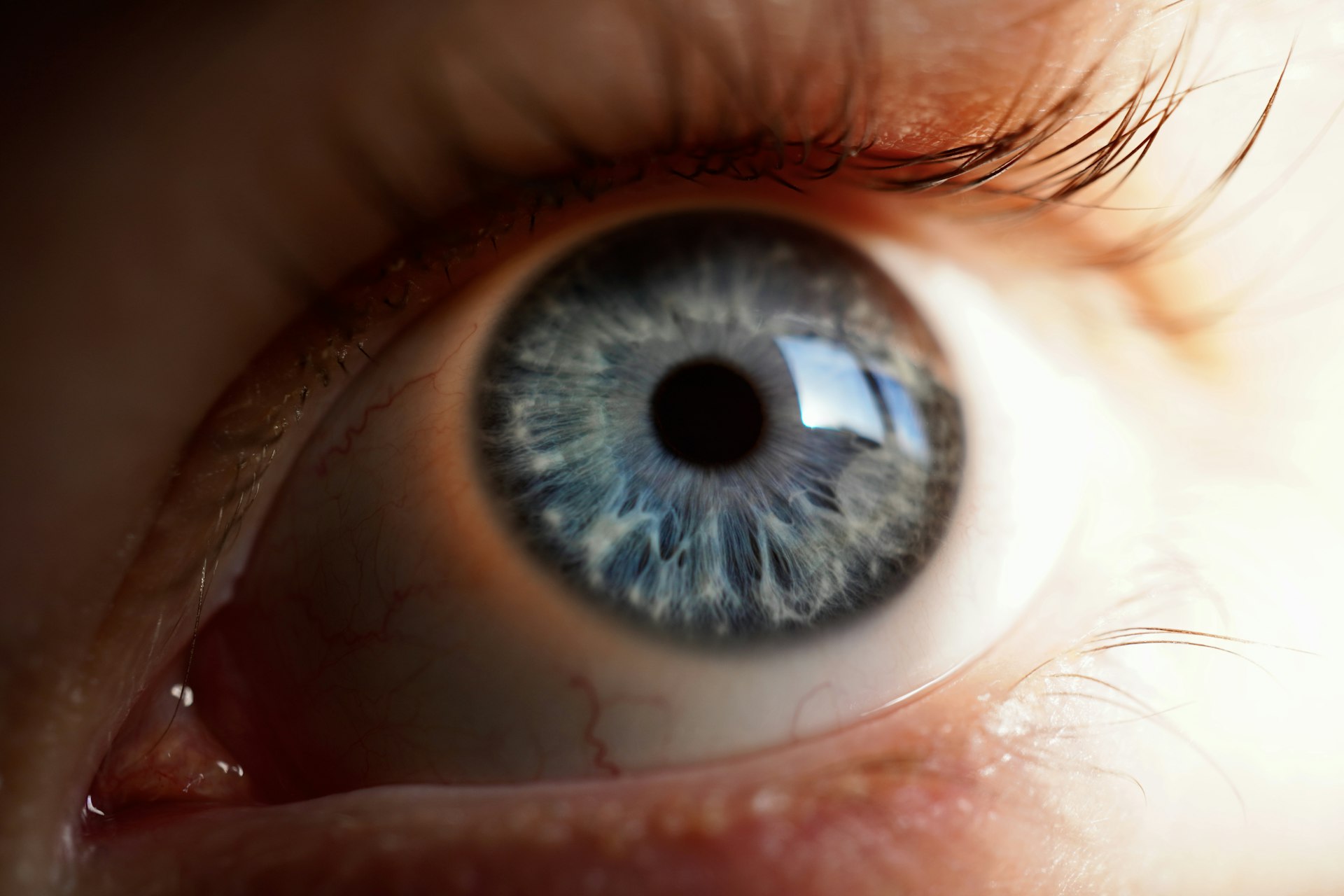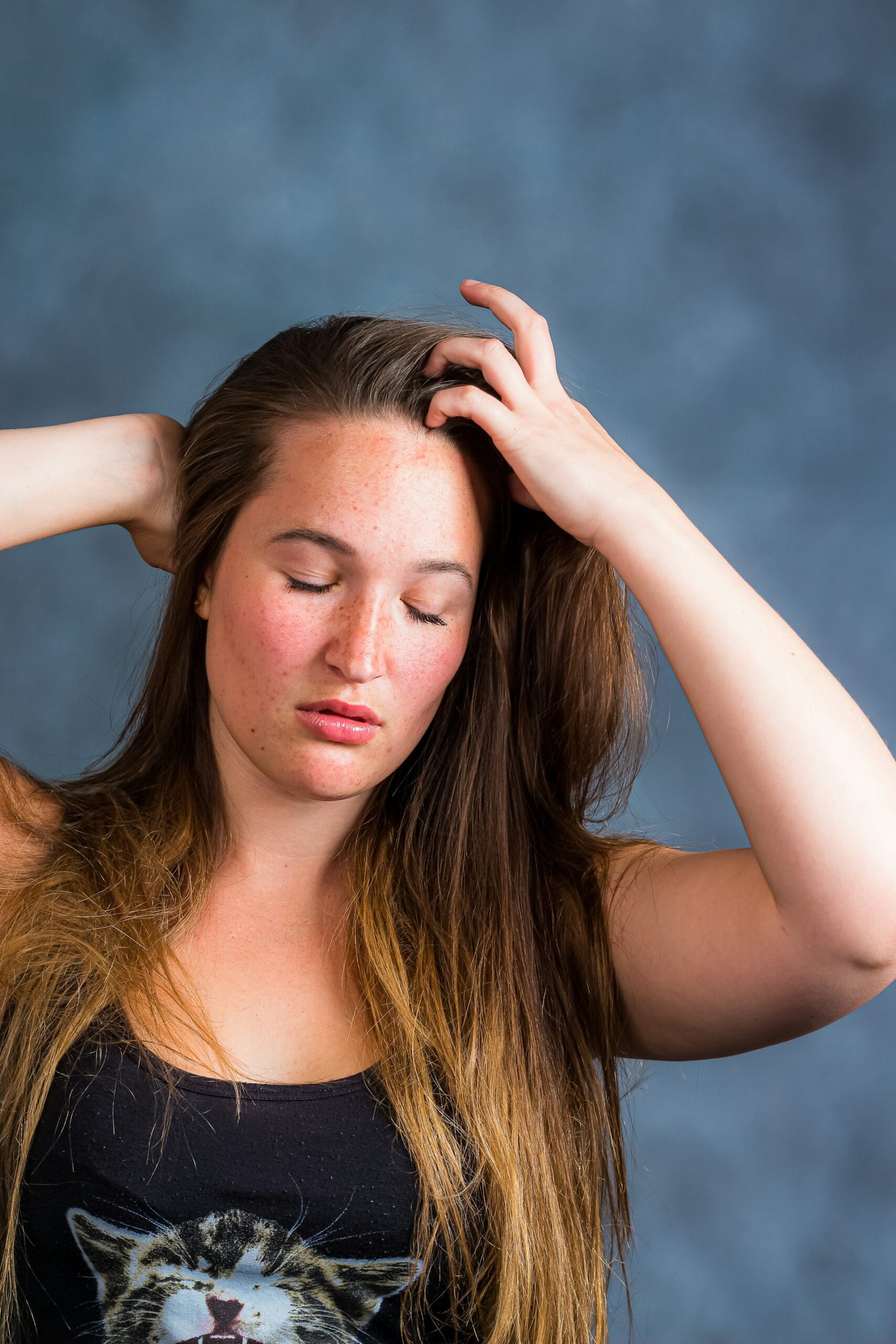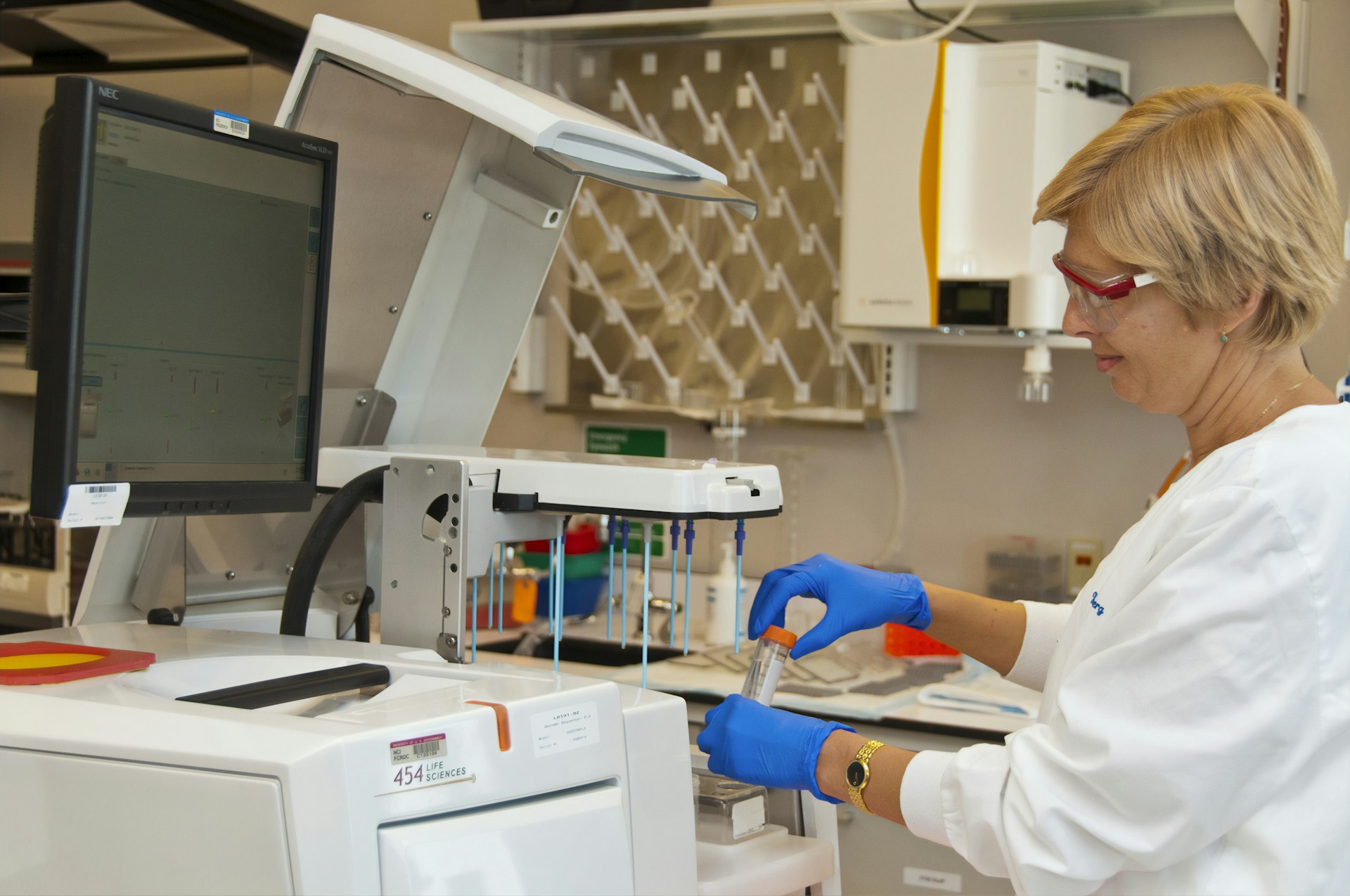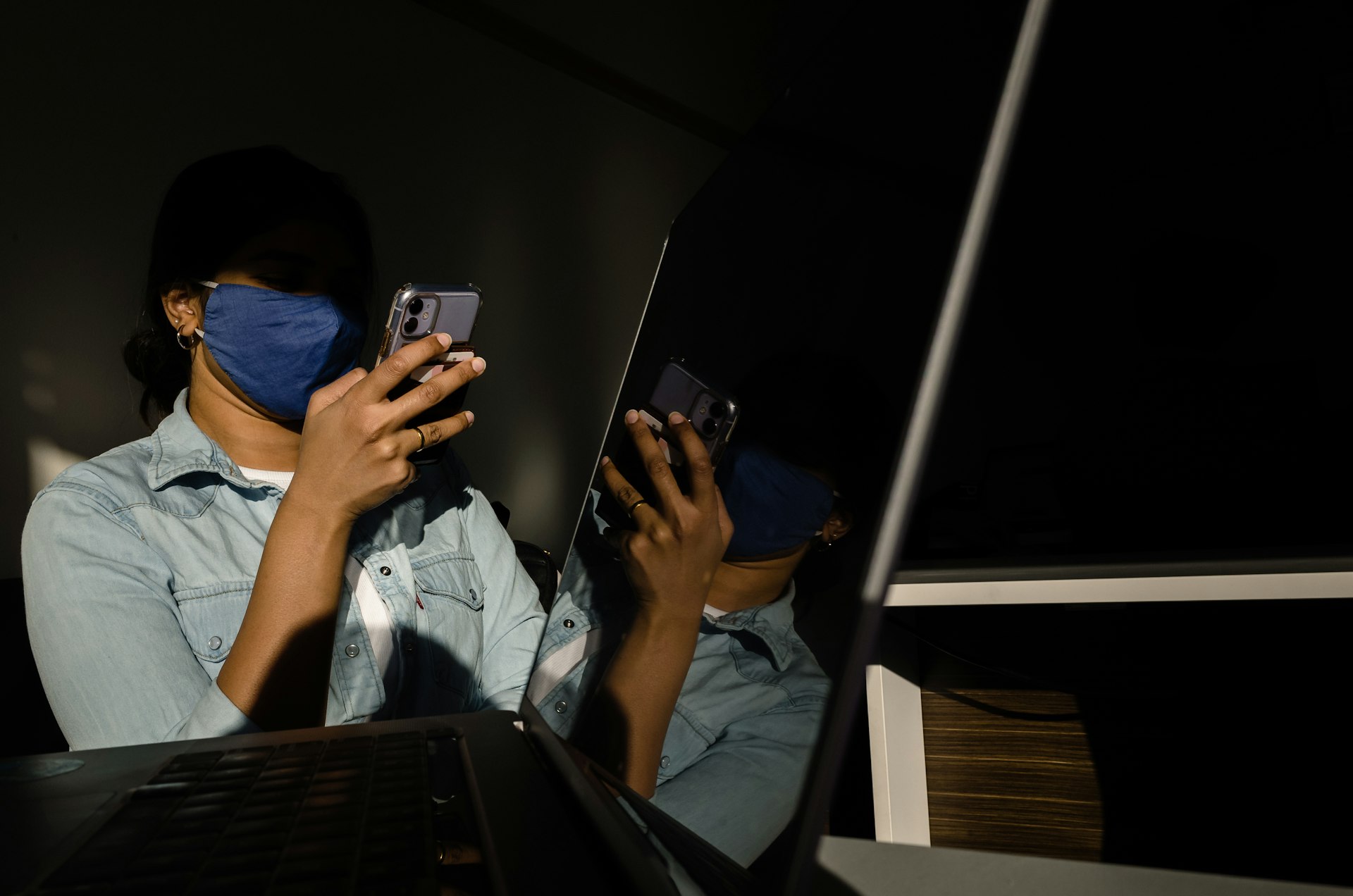2025 Trends Shaping the Future of Sleep Tracking Devices

Photo by Slaapwijsheid.nl on Unsplash
Introduction: The Rapid Evolution of Sleep Tracking Technology
Sleep tracking devices have moved far beyond simple wrist-worn monitors, now representing a dynamic intersection of health-conscious consumer demand and cutting-edge technology. In 2025, the market for these devices is experiencing robust growth, driven by increased awareness of sleep’s impact on overall health and a surge in innovation that makes monitoring and improving sleep more accessible than ever. This article explores the latest trends in sleep tracking devices, focusing on technological advancements, emerging features, regulatory considerations, and actionable guidance on accessing and utilizing these tools for better sleep health.
Wearable Sleep Trackers: Smarter, More Accurate, and Convenient
Wearable sleep tracking devices remain the cornerstone of the market, but their functionality has expanded remarkably. Modern wearables, such as smartwatches and specialized rings, now incorporate advanced sensors capable of measuring heart rate, movement, ambient light levels, and even blood oxygen saturation. These metrics offer a comprehensive picture of sleep duration, quality, and stages, empowering users to make data-driven decisions about their rest routines. [1]
For example, the Oura Ring and Samsung Galaxy Watch Ultra are leaders in the field, providing deep insights into sleep cycles, chronotypes, and potential sleep disorders. Samsung’s latest models are especially noteworthy, having achieved regulatory clearance for sleep apnea detection-a first among major smartwatches. [5]

Photo by Timothy Rubby on Unsplash
Advancements in placement also play a role. Recent innovations include core body wearables, such as devices that attach to the neck or torso. These offer more precise data, capturing subtle mechanical changes such as breathing patterns, body orientation, and even snoring. With built-in haptic feedback, some devices can proactively alert users to adjust positions, potentially mitigating disruptive snoring or sleep apnea events. [2]
Smart Sleep Technology: Beyond Wearables
The sleep tech revolution extends past wearables to include smart mattresses , sleep masks , and headbands equipped with innovative sensor arrays. Devices like the Bia Smart Sleep Mask and Muse S Headband leverage neurofeedback and Functional Near Infrared Spectroscopy (fNIRS) to track brain activity, sleep stages, and environmental conditions. [4]
These products often integrate with dedicated mobile apps, delivering personalized reports, smart alarms that wake users at optimal moments, and tailored recommendations for sleep improvement. For those seeking non-invasive options, smart mattresses can monitor heart rate, breathing, and movement, then adjust firmness or temperature to optimize sleep.
If you’re interested in exploring smart mattresses or advanced sleep masks, it’s important to research reputable brands and read user reviews on established health and technology websites. You can search for “best smart mattress for sleep tracking” or “sleep tracking headband reviews” on trusted sources like Sleep Foundation and Wareable.
Artificial Intelligence, Machine Learning, and IoT Integration
One of the most significant trends is the integration of artificial intelligence (AI) and machine learning algorithms into sleep tracking devices. These technologies enable more precise identification of sleep stages, apnea events, and pattern irregularities. AI-powered platforms analyze hundreds of signals-from breathing rhythms to heart rate variability-delivering highly personalized recommendations and predictive insights. [3]
Additionally, the rise of the Internet of Things (IoT) allows sleep tracking devices to sync with smart home systems, adjusting lighting, temperature, and even ambient noise to create an optimal sleep environment. This seamless connectivity is transforming bedrooms into responsive, health-focused ecosystems.
For consumers interested in leveraging these advancements, consider devices that offer app integration and smart home compatibility. Research whether your preferred device supports popular platforms like Apple Health, Google Fit, or Samsung Health, and review privacy policies to ensure your data is protected.
Market Growth, Regulatory Standards, and Data Privacy
The global sleep tracking devices market is projected to reach $58.21 billion by 2030 , growing at a compound annual rate of 11.7%. [3] This expansion is driven by ongoing product innovation, increased merger and acquisition activity, and higher consumer demand.
Regulatory bodies like the U.S. Food and Drug Administration (FDA) and the European Medicines Agency (EMA) set standards for device safety and efficacy. In the U.S., the Health Insurance Portability and Accountability Act (HIPAA) and in Europe, the General Data Protection Regulation (GDPR), mandate strict data privacy measures. Before purchasing any sleep tracking device, review the manufacturer’s compliance with these regulations and confirm that your personal health data is securely stored and transmitted.
If you wish to verify a device’s regulatory status or privacy compliance, visit official sites such as the FDA’s Medical Devices portal or search for the manufacturer’s certifications on their official website.
Practical Steps for Choosing and Using Sleep Tracking Devices
Choosing the right sleep tracking device involves several key considerations:
- Identify Your Needs: Are you seeking basic sleep duration tracking, or do you require clinical-grade analysis for potential sleep disorders?
- Research Device Capabilities: Compare sensor accuracy, comfort, battery life, and compatibility with your existing devices.
- Evaluate Data Privacy Policies: Always review how your health data will be handled, stored, and shared.
- Check for Regulatory Approvals: Look for FDA clearance or similar certifications for medical-grade devices.
- Consider Integration: If you want to connect your sleep data to other wellness apps or smart home systems, confirm compatibility before purchase.
For the most up-to-date product reviews and recommendations, consult established health technology resources such as Sleep Foundation and Wareable . These sites regularly update rankings and offer in-depth analyses of device features, user experiences, and value for money.
Alternative Approaches and Potential Challenges
While sleep tracking technology is increasingly sophisticated, users may face challenges related to device comfort, data accuracy, and interpretation of results. Wrist-worn devices may not be as accurate as core body monitors, and some individuals find headbands or masks uncomfortable for regular use. [4] To overcome these challenges, consider:
- Testing multiple devices to find the best fit for your comfort and needs.
- Consulting sleep specialists or clinicians if you suspect a serious sleep disorder-consumer devices are not replacements for medical diagnosis.
- Using sleep tracking as part of a broader sleep hygiene strategy, including consistent bedtimes, limiting screen exposure, and optimizing your environment.
How to Access Sleep Tracking Devices and Services
To access sleep tracking devices, follow these steps:
- Research devices using verified review platforms such as Sleep Foundation and Wareable.
- Visit official manufacturer websites for direct purchase and warranty information. Leading brands like Samsung, Oura, and Muse provide detailed product specifications and customer support channels.
- Ask your healthcare provider about clinically validated devices if you require medical-grade analysis or are concerned about sleep disorders.
- Review privacy and regulatory compliance documentation before purchasing.
- Consider contacting consumer advocacy groups or sleep research organizations for unbiased guidance.
For in-person support, many medical centers and sleep clinics offer consultations and may recommend devices suited to your specific needs. Search for “sleep clinic near me” or “sleep disorder specialist” on reputable medical directories.
Key Takeaways
The sleep tracking device industry is rapidly advancing, with new technologies offering increasingly precise, actionable insights. Whether you prefer a wearable, a smart mattress, or a neurofeedback headband, options abound. Always prioritize device accuracy, comfort, data privacy, and regulatory compliance. For guidance, rely on well-established review platforms and consult with health professionals when necessary.
References
- [1] DelveInsight (2024). The Rise of Sleep Tech Devices: Unlocking Better Sleep.
- [2] Northwestern University Feinberg News (2025). Wearable Sleep Monitoring Device May Improve Detection of Sleep Disorders.
- [3] Grand View Research (2024). Sleep Tracking Devices Market Size & Share Report, 2030.
- [4] Sleep Foundation (2025). Best Sleep Trackers of 2025: Data That Matters.
- [5] Wareable (2025). Best Sleep Trackers 2025: Tested and Rated Options.
MORE FROM cheerdeal.com

